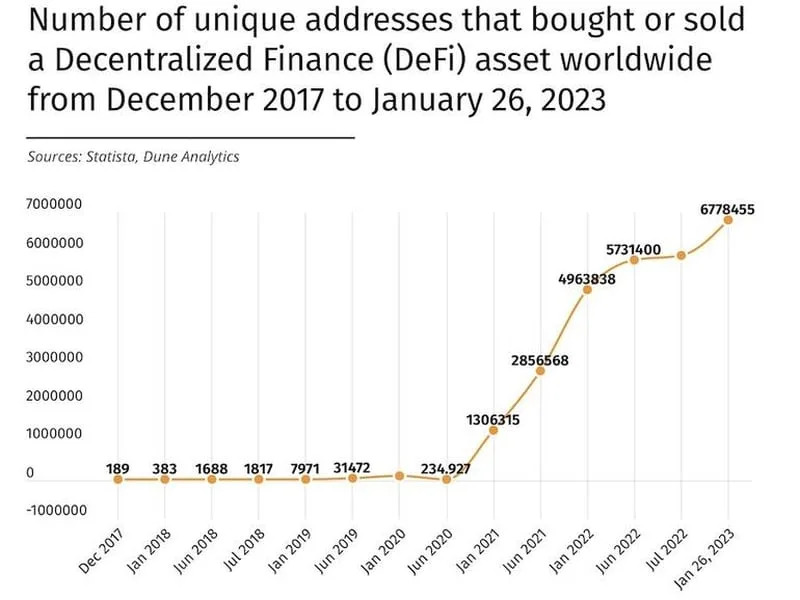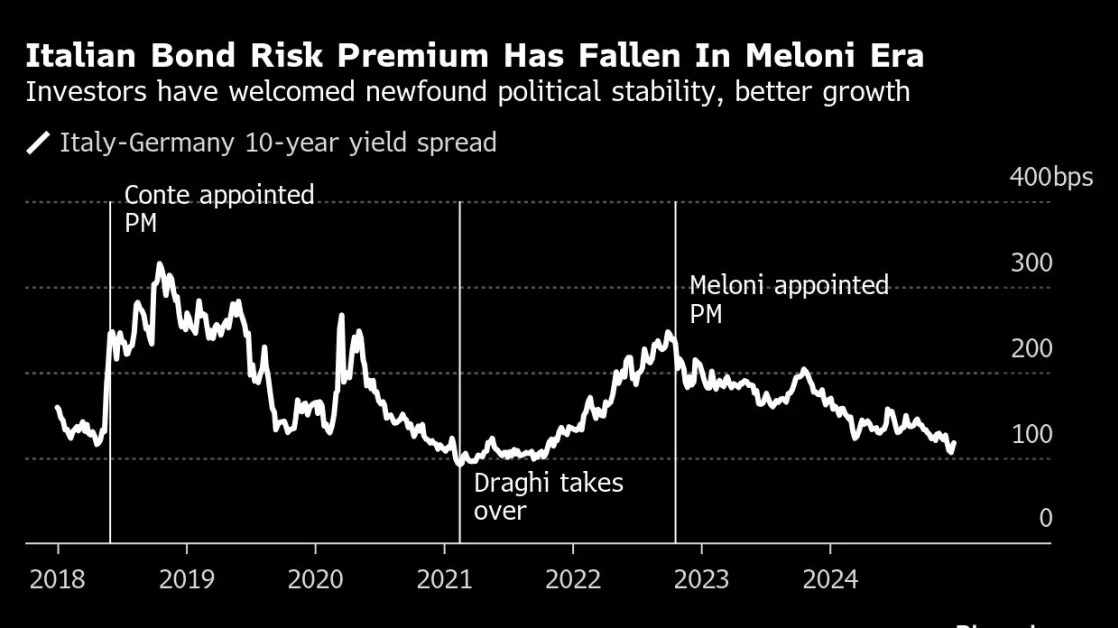
Key Takeaways
In their first full year of trading, spot bitcoin exchange-traded funds may have fundamentally altered the way investors view cryptocurrency investments.
Spot bitcoin ETFs
began trading
on Jan 11, 2024, opening up the crypto market to a wider range of investors and paving the way for more such products. The launch also played a role in boosting the price of bitcoin (
BTCUSD
) to a series of record highs, as investors poured billions into the ETFs.
Here's what's happened since the launch of spot bitcoin ETFs.
ETFs Made Investing In Bitcoin More Accessible
Spot bitcoin ETFs made it easier for investors to gain exposure to the cryptocurrency.
Typically, if you wanted to buy bitcoin, you would need a cryptocurrency wallet and need to buy the token off a cryptocurrency exchange. Instead, if you opt for a bitcoin ETF, you can buy the product using your brokerage account like you would for any other ETF.
Investors have appreciated that ease and poured billions into spot bitcoin ETFs. That enthusiasm is shared by retail and institutional investors alike, with even traditional Wall Street firms and hedge funds getting in on the action .
Bitcoin is often referred to as digital gold, and bitcoin ETFs are quickly gaining popularity over gold ETFs.
Blackrock's iShares Bitcoin Trust ( IBIT ) is one of the more popular ETFs, with net inflows so far exceeding $37 billion. The fund has seen tremendous growth with assets at over $52 billion as of Jan. 9, significantly surpassing the $33 billion in assets for the iShares' 20-year old gold ETF ( IAU ), and closing in on SPDR Gold Shares ( GLD )—the largest gold ETF with assets over $75 billion.
Bitcoin ETFs, Halving, Trump Win Drove Price Rally
Spot bitcoin ETFs hold the cryptocurrency as the underlying asset. So as more people put money into the ETF, the ETF has to buy more bitcoin. That demand helped drive bitcoin prices to record highs last year.
Bitcoin was trading close to $46,000 on Jan. 10, when the Securities and Exchange Commission gave its approval for bitcoin ETFs to begin trading. Its price fell below $40,000 in the first few weeks after the ETFs started trading, but then recovered to establish a new high of over $73,000 in March ahead of the bitcoin halving .
Bitcoin halving, an event that occurs roughly every four years, slows the pace at which new bitcoin are created. Tighter supply and roaring demand from the ETFs created an imbalance, driving prices higher.
Donald Trump's victory in the November presidential election provided an additional jolt, amid investor hopes that a crypto-friendly White House and Congress will adopt policies that support the asset class. Bitcoin hit
multiple all-time highs
in the weeks after the election, rising as high as $108,000 in mid-December. The digital currency was at $95,000 on Friday afternoon.
Bitcoin ETFs Paved The Way For More Products
The success of the spot bitcoin ETFs has also led to the approval of other regulated, crypto-focused financial products such as spot ether ETFs ( ETHUSD ) and options trading on the spot bitcoin ETFs .
The Trump administration, which is scheduled to take control on January 20th, is expected to relax crypto regulatory restrictions, which could lead to the approval of more crypto ETFs.
There are already proposals for XRP ( XRPUSD ) and Solana ( SOLUSD ) ETFs that have been sent to the SEC. Additionally, ETF analysts from Bloomberg see the potential for Litecoin ( LTCUSD ) and Hedera ( HBARUSD) to have ETFs approved in 2025, following the approval of a combined bitcoin and ether ETF.
Read the original article on Investopedia






